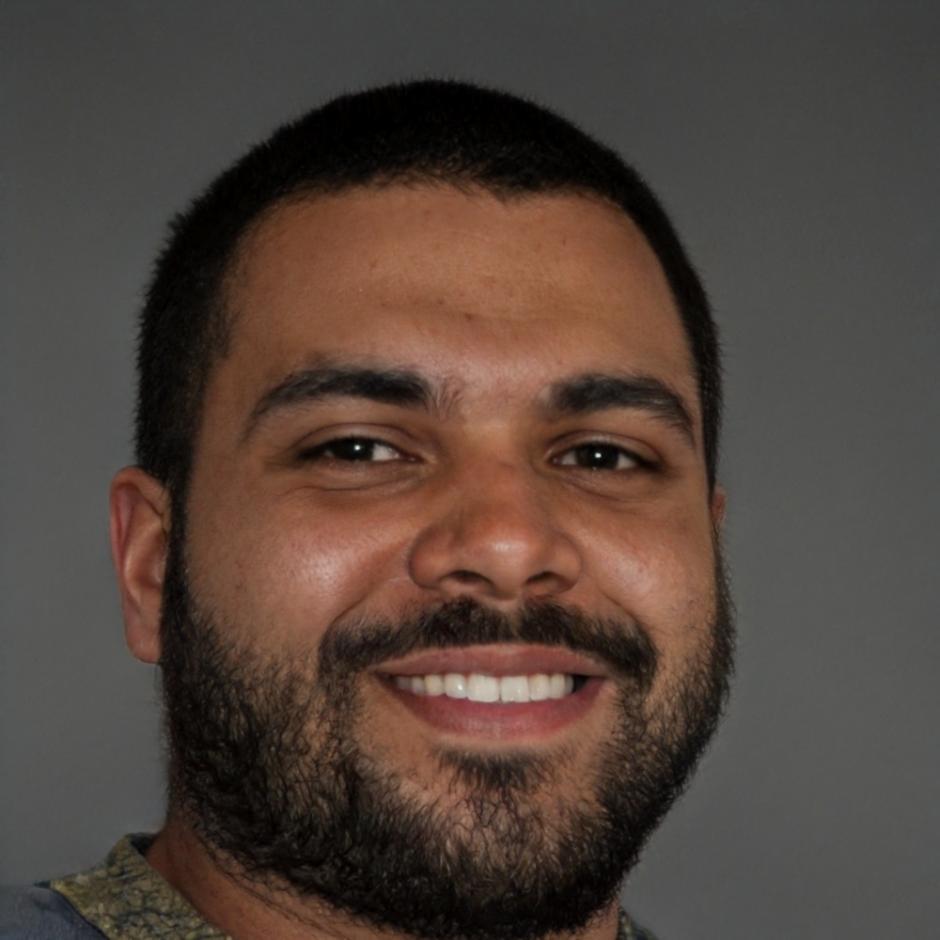Business Growth Through Financial Clarity
Most Australian SMEs struggle not because they lack ambition, but because they can't see their numbers clearly enough to make confident decisions. We help you build that clarity.
Explore Our ProgramsTime it takes participants to identify their first major cost reduction opportunity through better financial tracking
Average decrease in time spent on monthly financial reviews after implementing structured tracking systems
Typical improvement in cash flow prediction accuracy within first year of applying taught methodologies
What Six Months Actually Looks Like
Our autumn 2025 cohort starts September 15. Here's the realistic progression most participants experience.
Months 1-2: Foundation Building
Weeks 1-8You'll set up your tracking frameworks and learn to categorize expenses properly. This phase feels tedious for most people. That's normal. By week 8, you should have two months of clean data to work with.
Months 3-4: Pattern Recognition
Weeks 9-16With enough data collected, you start spotting trends you couldn't see before. Most participants identify at least one significant inefficiency during this period. You'll learn forecasting techniques that actually work for small operations.
Months 5-6: Strategic Application
Weeks 17-24This is where the work pays off. You'll apply your new analytical skills to real business decisions—pricing adjustments, investment timing, resource allocation. By completion, you should have a financial dashboard that gives you confidence in your direction.

The Gap Between Revenue and Understanding
I've watched too many business owners celebrate revenue growth while their margins quietly eroded. It happens because most financial education focuses on accounting compliance rather than operational insight.
Our approach is different. We teach you to read your numbers like a story—one that tells you where money actually flows, where it gets stuck, and where opportunities hide in plain sight.
I spent three years thinking my manufacturing business was doing fine because revenue kept climbing. Turns out I was bleeding money on supplier terms I never properly analyzed. The program didn't give me magic solutions—it gave me the frameworks to finally see what was happening. Within four months I'd renegotiated two major contracts and built a cash reserve for the first time.
How We Actually Teach This

Case-Based Learning
Every concept gets taught through real business scenarios from Australian markets. You'll work through actual P&L statements, balance sheets, and cash flow situations—messy ones, like you'd encounter in practice.

Applied Practice Sessions
Theory only gets you so far. Half of each module involves working with your own business data. You'll build your frameworks in class, get feedback on your approach, and refine them before implementing back in your operation.
Ready to Build Financial Confidence?
Our next program begins September 2025. Spaces are limited to 18 participants so everyone gets individual attention. If you're tired of making business decisions based on gut feel when you could be using solid data, let's talk about whether this fits your situation.
Schedule a Conversation